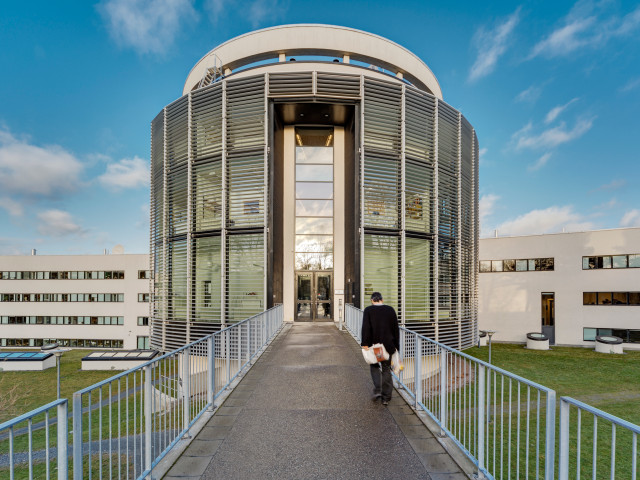The course treats the physical, mathematical and technological aspects of medical imaging systems from a signals-and-systems point of view. Modalities (imaging types) covered include:
-
Projection Radiography
-
Computed tomography (CT)
-
Planar Scintigraphy
-
Single photon emission computed tomography (SPECT)
-
Positron emission tomography (PET)
-
Ultrasound imaging (briefly)
-
Magnetic resonance imaging (MRI) (briefly)
Numerical methods to quantify the performance of medical imaging systems are presented. The design of medical imaging systems usually involves a number of tradeoffs involving parameters such as: contrast, spatial resolution, noise, image acquisition time, size and cost. It is a major goal of the course to provide an understanding of these relations.
After completion of the course, the student should be able to:
-
Explain the physical and technological principles behind various types of radiation detectors and imaging modalities.
-
Use the signals and systems approach to describe and estimate the quality of an imaging system.
-
Display understanding of the Fourier space representation of images.
-
Use the physics of radiation absorption and generation together with the geometries of the different imaging modalities to solve numerical problems.
-
Perform image reconstruction for Computed Tomography in simple cases and understand the sinogram representation of images.
The student is required to use a mathematical programming language such as MATLAB for the hand-ins and laboratory work.
To qualify for the highest grades, the student should also demonstrate the ability to:
-
Identify physical and current technological limitations of medical imaging systems.
-
Apply knowledge from imaging modalities within the course content on novel imaging techniques.
-
Solve medical imaging problems that relate to statistics and probability theory.
-
Show understanding of the connection between the image quality metrics (e.g. PSF, MTF, NPS, SNR) and the final image.
